- Kanda Jimbocho – the largest bookstore district in Japan
- The best way to get there
- Kanda Jimbocho – a little bit of History
- Kanda Jimbocho – two Chinese restaurants with a fascinating history for history buffs
- Kanyoro-漢陽楼 – Tracing footprints of Zhou Enlai, PRC’s first premier, in Kanda Jimbocho
- The original “Hiyashi Chuka” (cold noodles) at Yosuko-揚子江
Kanda Jimbocho – the largest bookstore district in Japan
Kanda Jimbocho is Japan’s largest bookstore street, with rows upon rows of more than 150 bookstores.
Strolling around Kanda Jimbocho you can find books on a wide variety of subjects in Japanese as well as other languages.
Most stores handle secondhand books but some deal in new books too.
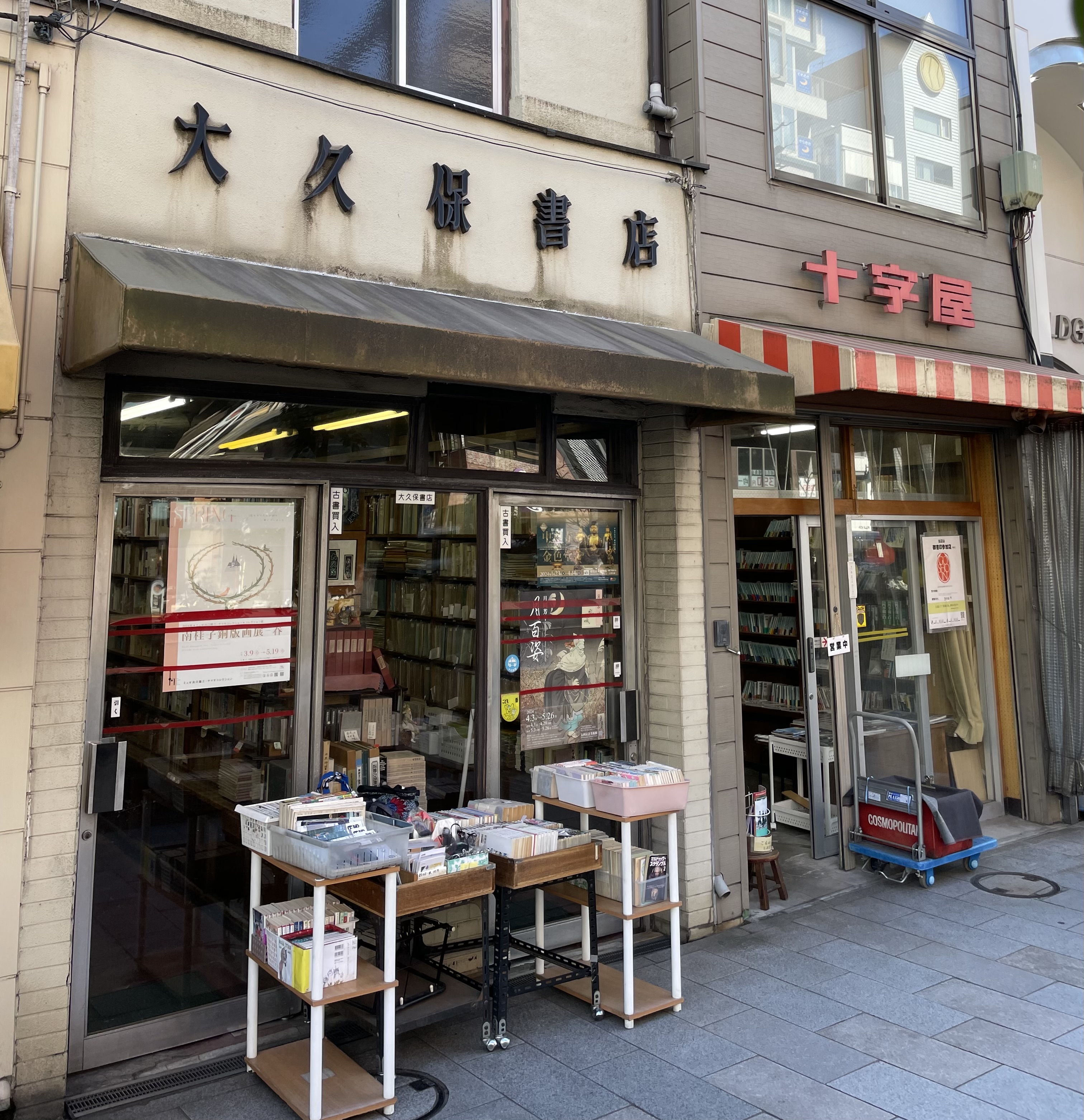
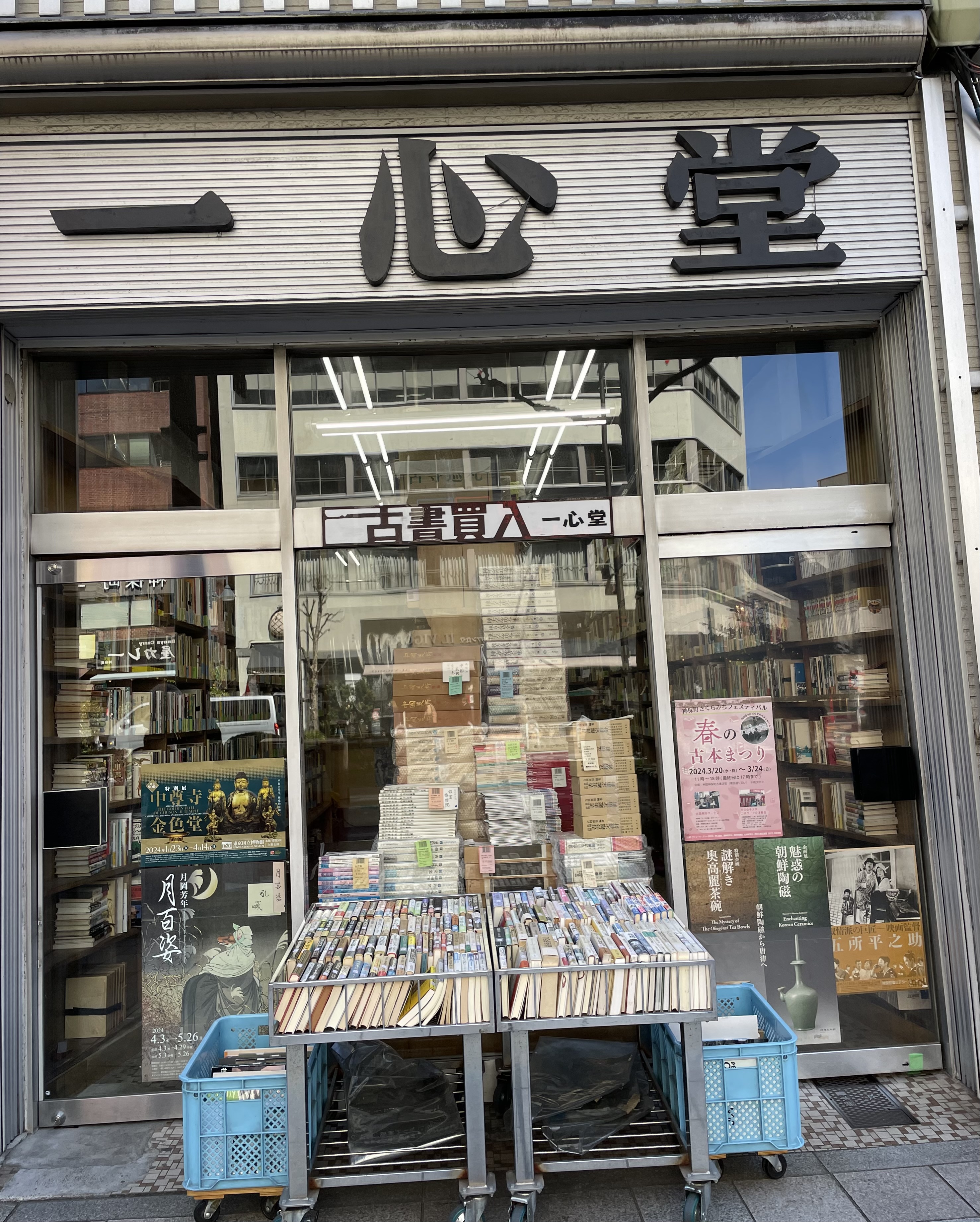
You can find old books from around the world and some carry rare, out-of-print English books.
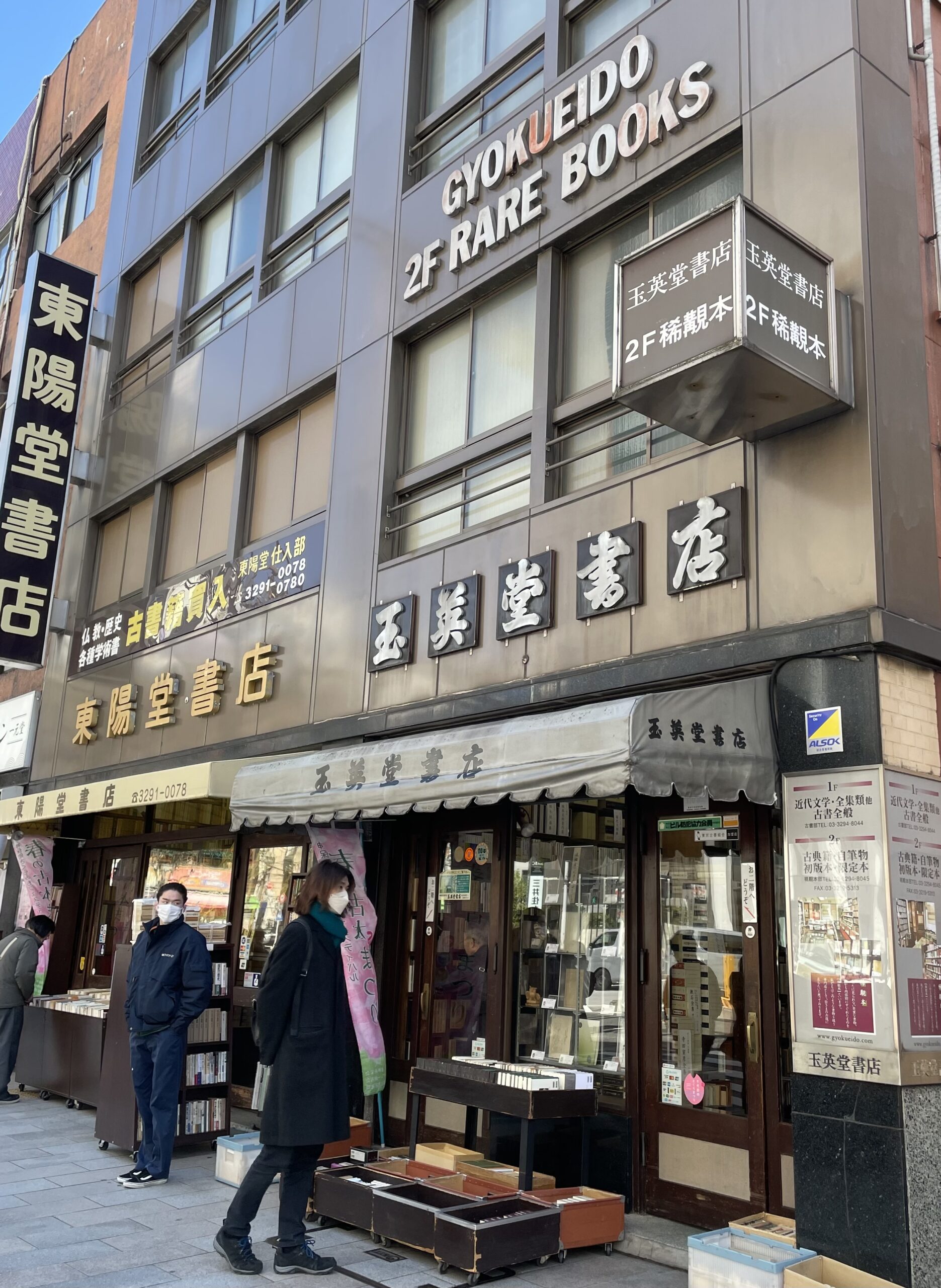
There are also art galleries which deal in woodblock prints.
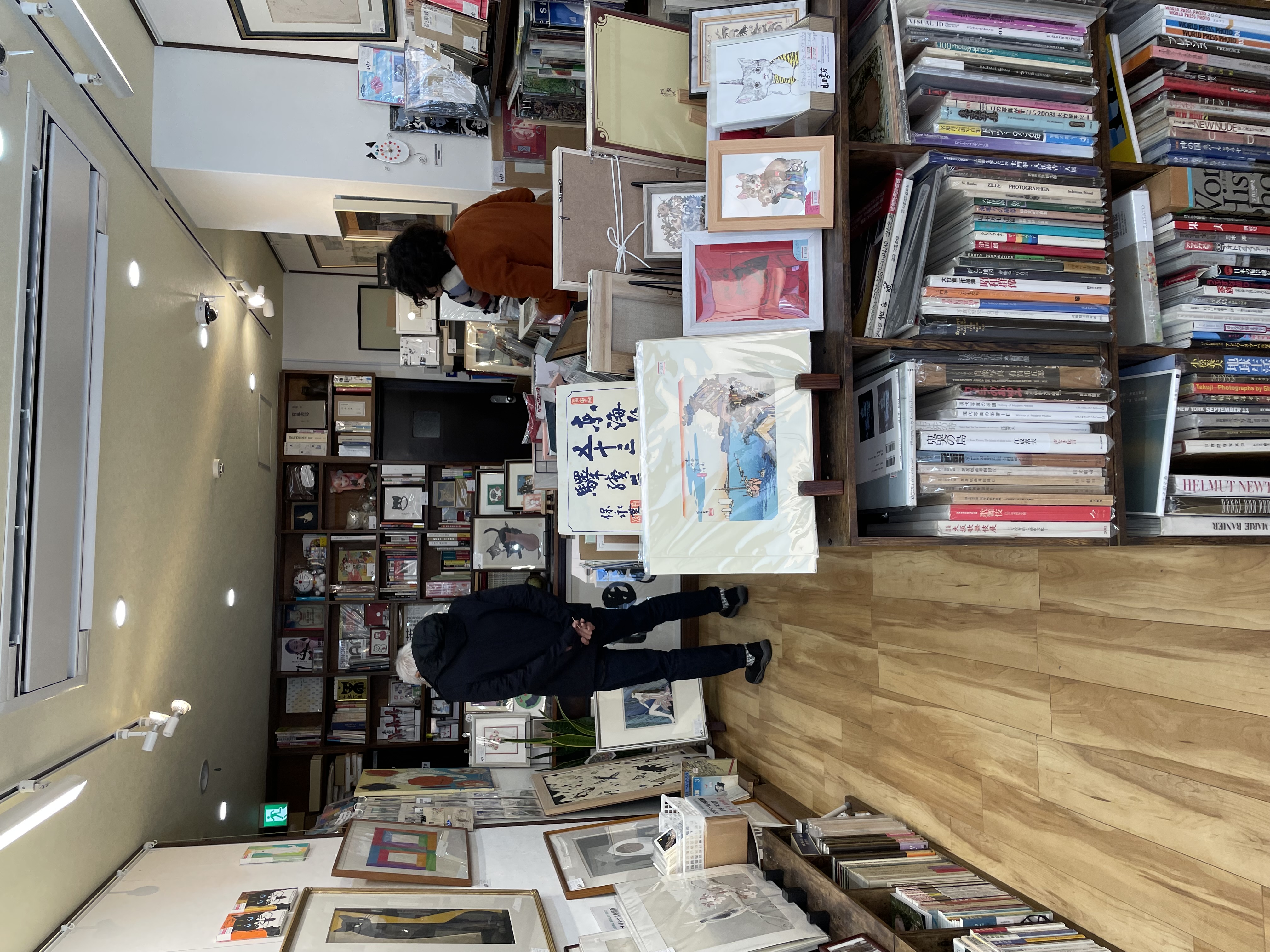

The best way to get there
The best way to get there is to get off at Jimbocho Station, Exit A5, served by three lines: Toei Mita Line, Toei Shinjuku Line and the Tokyo Metro Hanzomon Line.

Kanda Jimbocho – a little bit of History
Kanda Jimbocho is believed to be named after the 17th century samurai Jimbo Nagaharu.
In 1913 after a fire destroyed the district, Iwanami Bookstore was established by Shigeo Iwanami.
It was a small used bookstore at first but with the publication of “Kokoro” by Natsume Soseki, it started a publishing house as well.
Iwanami Shoten deals in all genres but is especially famous for its collection of classical Japanese literature, and “Kojien” its Japanese dictionary.
The bookstore where the original store stood is now a co-working space and bookstore called the “Jimbocho Book Center with Iwanami Books” stocked with 9000 books.
It is a prominent fixture in the area even today.

Kanda Jimbocho – two Chinese restaurants with a fascinating history for history buffs
After browsing through the used bookstores and finding Chinese-related books, you can further delve into Chinese history through two Chinese restaurants in the area.
There are a myriad Chinese restaurants in Japan founded by Chinese immigrants wanting to provide comfort food for the Chinese in the community as well as to introduce Chinese food to the local community.
Japan is no exception.
You can find two such restaurants tucked in the Kanda area, Kanyoro-漢陽楼 and Yosuko-揚子江, two restaurants that have a fascinating history.
Kanyoro-漢陽楼 – Tracing footprints of Zhou Enlai, PRC’s first premier, in Kanda Jimbocho
According to the diary Zhou Enlai kept while he was studying in Japan, he mentions frequenting Kanyoro while he was studying in Japan.
Japan at that time was a popular country for aspiring Chinese students who wanted to study abroad, more than Europe and the United States. They studied new ideas as well as various social trends.
Zhou Enlai, later the first premier of China, arrived in Japan in 1917 when he was 19 years old.
His homeland was in turmoil with the newly established Republic of China (ROC) entangled in internal power struggles and the imperial powers vying to get a piece of the country.
He arrived in Japan in 1917 searching for ways to help China.
He lived around Kanda Jimbocho, where progressive Chinese students often met for rallies and political discussions.
According to Zhou’s published diary about his life in Japan (1917–1919) he and his fellow students would often buy and read books and journals about the Russian October Revolution at the Tokyodo bookstore. He also came into contact with works of early advocates of Marxism-Leninism in Japan.
Zhou was forced to give up studying in Japan and return to China in 1919 as the situation in China grew worse and Japan’s growing militaristic ambition became more pronounced.
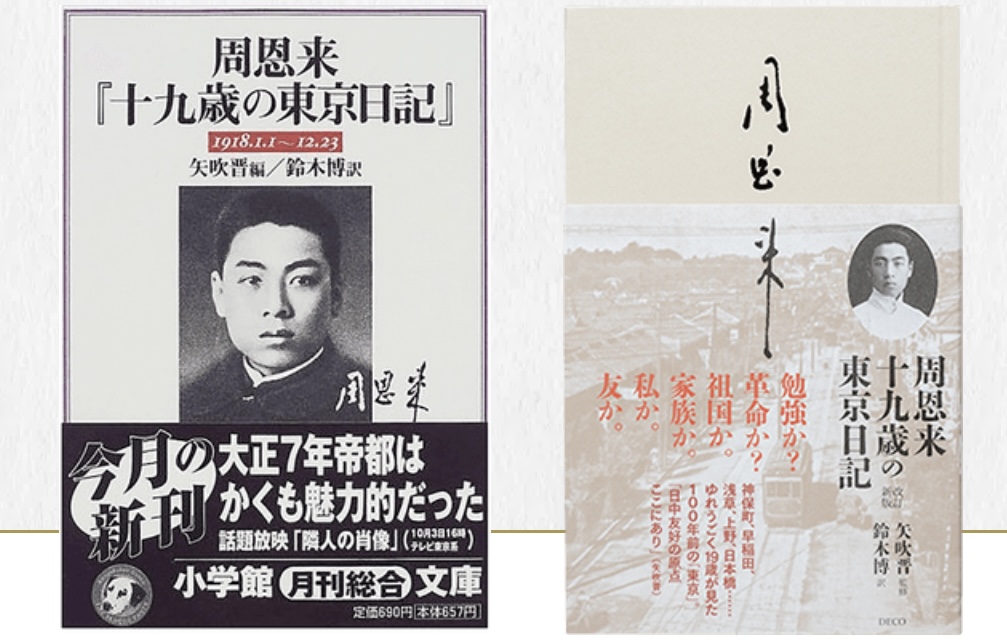

Kanyoro’s deep connection to Zhou Enlai
Kanyoro was founded in 1911 by a Chinese immigrant to Japan, from Zhou Enlai’s hometown, Jiangsu province.


As a 19-year-old studying abroad, homesick for a taste of home, the food here comforted Zhou’s stomach and spirits.
When he visited the restaurant, Zhou subsisted on cheap tofu dishes as he couldn’t afford the more expensive meals, but once a month he splurged on shizoutou (pork meatballs in soup) a dish from his hometown Jiangsu, as a treat to himself. We tried this dish at Kanyoro and it was delicious!

There was another reason the young Zhou went to Kanyoro.
It is believed that Sun Yat-sen also frequented this restaurant and Zhou would have wanted to meet him, although it is unclear if Zhou ever met him at the restaurant.
Sun, who is revered by both the Communist Party in Mainland China and the Nationalist Party in Taiwan, lived intermittently in Japan in exile.
He contributed to the overthrow of the Quing dynasty by making Japan a base of the Chinese revolutionary movement which was supported by the patriotism and sacrifice of Chinese political exiles and students in Japan.
According to records kept by the restaurant, Sun is said to have favored “Sun Yat-sen rice porridge” which he had delivered to the places where he gave public lectures. It was a simple yet nourishing dish.
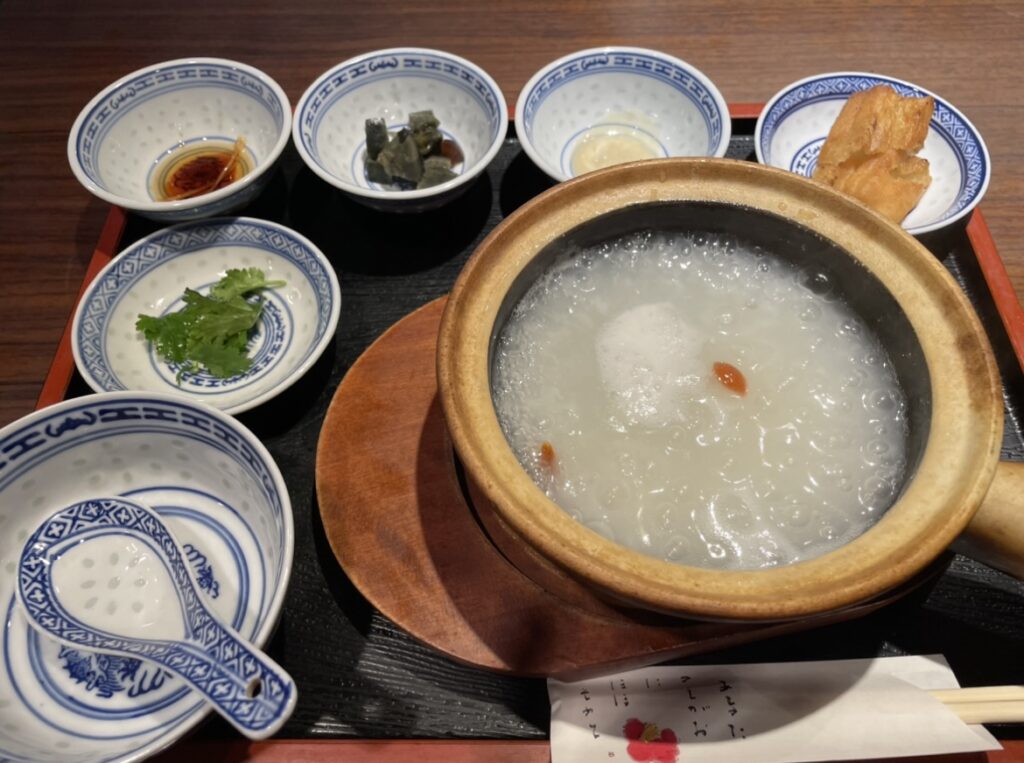
Kanyoro still stands in the Kanda district serving excellent Chinese food to locals as well as to those who want to have a taste of the food that Chinese luminaries who changed the course of Chinese history loved.
Kanyoro-漢陽楼
3-14-2 Kanda Ogawa-cho, Chiyoda-ku, Tokyo
https://kanyoro.com
The original “Hiyashi Chuka” (cold noodles) at Yosuko-揚子江
Yosuko was established more than 100 years ago in 1911 by a Chinese immigrant. Owing to its proximity to the Kanda Jimbocho book district Yosuko was frequented by Ikenami Shotarou and other prominent Japanese writers.
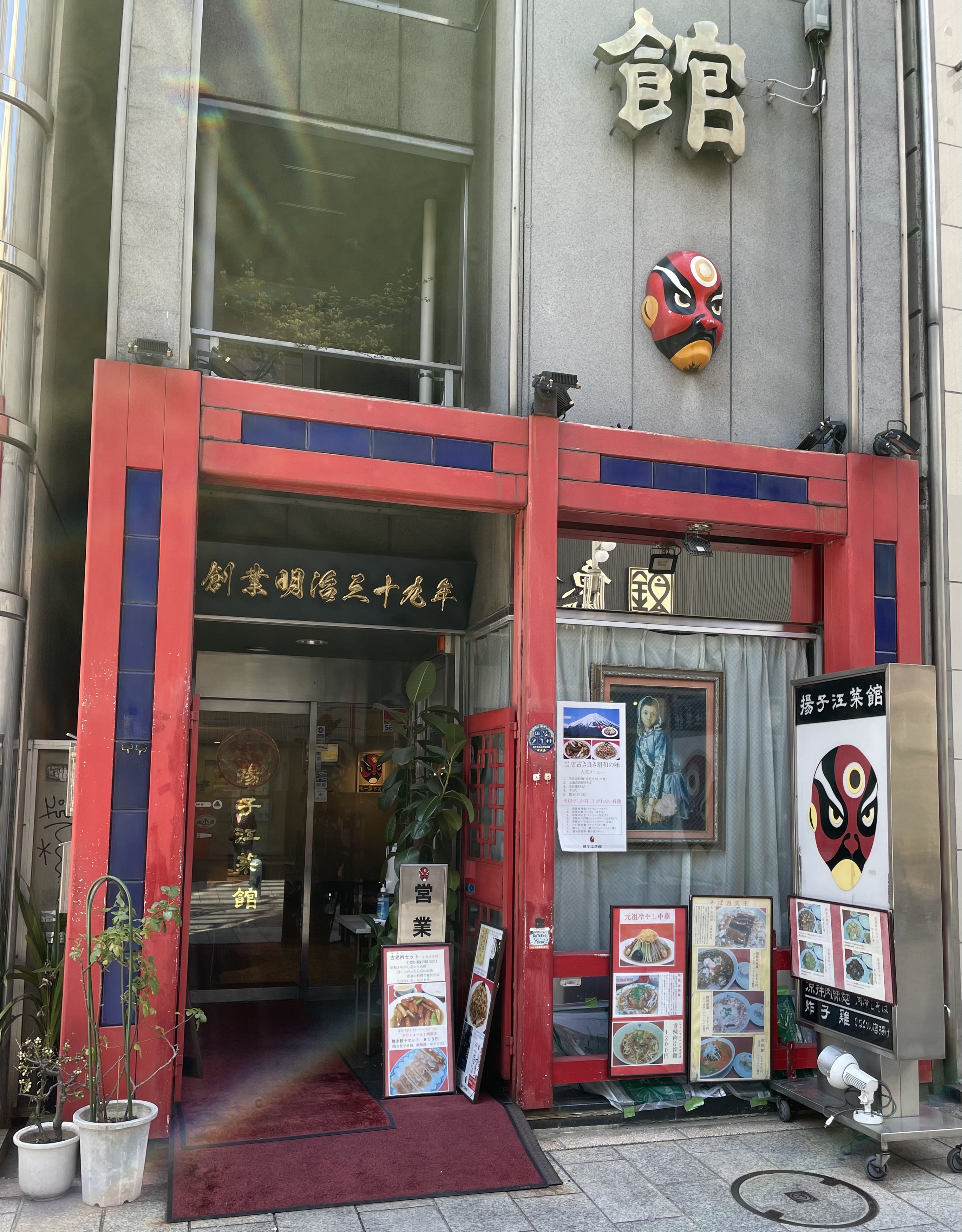
As Chinese restaurants become established they often make subtle changes to their dishes to adapt to the local taste.
Cold noodles are not traditionally eaten in China as the Chinese prefer to have warm dishes.
To please the Japanese palate, the owner of Yosuko invented Hiyashi Chuka (cold noodles).
According to their website, the Chinese owner came up with this cold noodle dish in 1933 and it spread to other Chinese restaurants in Japan as the Japanese loved it, especially the late author Ikenami Shotaro.
Although it is usually served only during the summer season at other Chinese restaurants in Japan, it is served all year around at Yosuko.
HIYASHI CHUKA representing Mt. Fuji
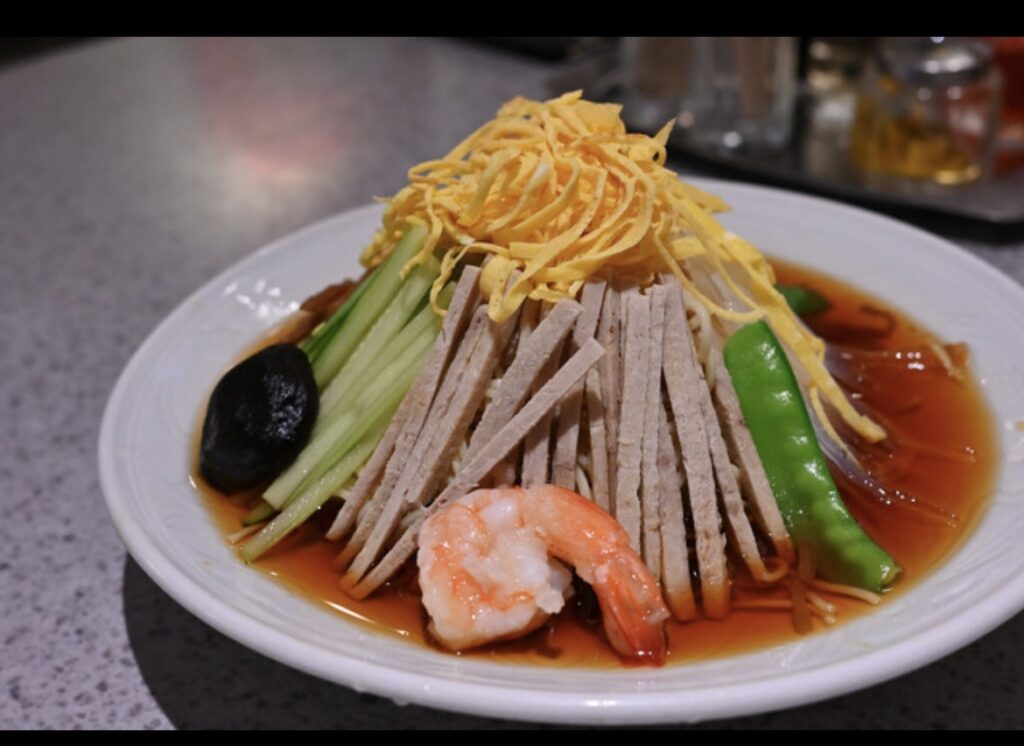
The owner had in mind the four seasons of Mt. Fuji when he used ingredients in five colors to represent the four seasons of Mt. Fuji.
On top of the cold noodles are brown takenoko for the autumn foliage, white kanten (vegetable gelatin) for snow, cucumbers for the greenery in summer, black chashu meat for the ground under the snowmelt in the spring, julienned eggs for the yellow clouds in the mountain sky. Other toppings include shiitake mushrooms, quail eggs, chicken dumplings, shrimp and snow peas.
It is really a masterpiece, aesthetically and gastronomically, so if you’re in the Jimbocho area it is definitely worth visiting Yousukou to try this uniquely Japanese Chinese dish only found in Japan.
Yosuko still serves its signature Mt. Fuji inspired Hiyashi Chuka as well as Chinese food of the good old Showa era loved by literary figures.
揚子江菜館-Yosuko Saikan
1-11-3 Kanda Jimbocho, Chiyoda-ku, Tokyo
Jimbo cho station A7 Exit 1 minute, on Suzuran-dori
http://www.yosuko.com
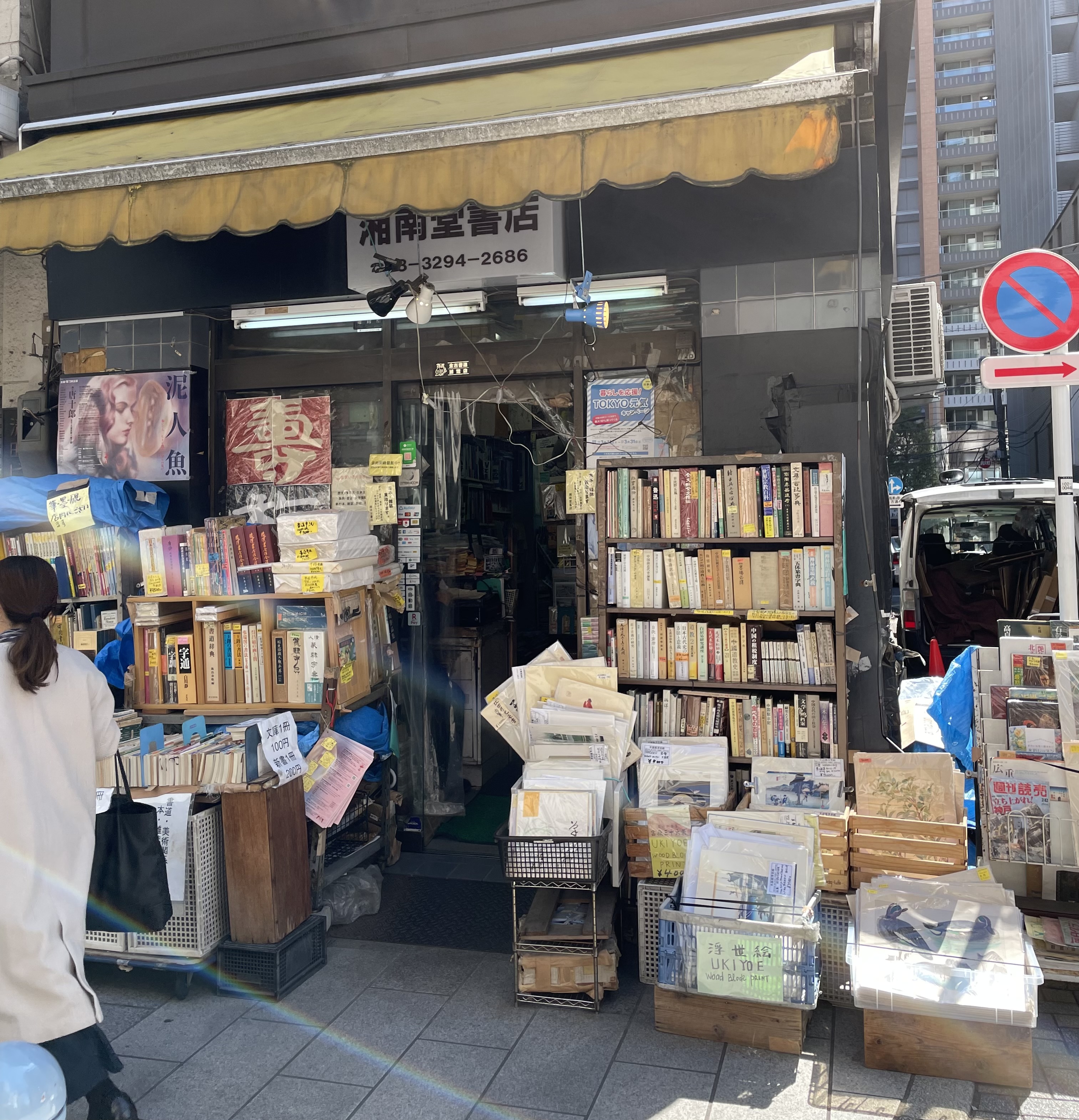


コメント